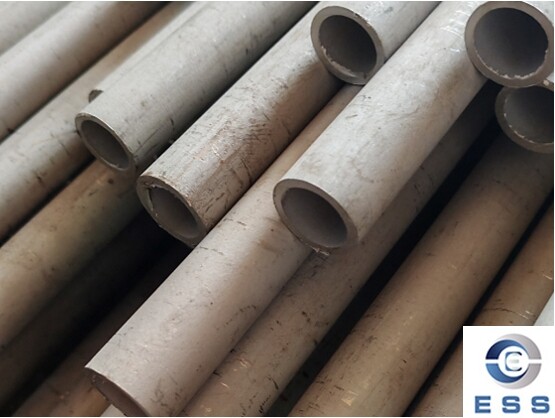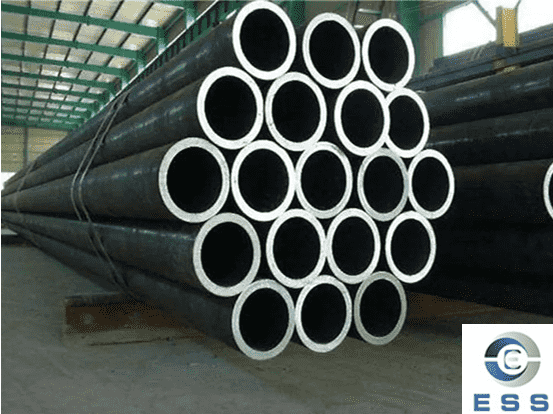
Boiler tube thickness
detection is a key link to ensure the safe operation of boilers and extend
their service life. Different detection methods have their own characteristics.
Choosing the right method can effectively find defects in pipes and ensure the
accuracy and reliability of the detection results. The following is a detailed
introduction to several commonly used detection methods.
Ultrasonic detection method
1. Principle
The ultrasonic generator emits high-frequency sound
waves. The propagation speed and reflection characteristics of the sound waves
in the pipe wall can be used to measure the thickness of the pipe wall.
2. Operation
The ultrasonic probe is attached to the surface of
the pipe, the returned sound wave signal is measured, and the wall thickness is
calculated based on the propagation time and speed of the sound wave in the
pipe wall.
3. Advantages
Ultrasonic detection is non-destructive, fast and
accurate, and is the preferred method for detecting the wall thickness of
boiler tubes. For boiler tubes made of seamless steel pipe or carbon steel pipe, ultrasonic detection can quickly locate changes in wall thickness
and effectively monitor the wear of the pipe.
Radiographic detection method
1. Principle
Using the principle of X-ray or gamma ray
penetrating materials, the defects inside the pipeline, such as uneven wall
thickness or cracks, are judged by imaging analysis of boiler tubes.
2. Operation
Use professional equipment to irradiate the boiler
tubes and obtain imaging results. The wall thickness and internal defects are
judged by analyzing the imaging results.
3. Precautions
The radiographic detection method requires
professional equipment and trained personnel to operate. At the same time,
attention should be paid to radiation protection.
Magnetic particle detection method
1. Principle
Applicable to surface and near-surface defect
detection of ferromagnetic materials. The magnetic powder is gathered at the
defect through the magnetic field, so as to visualize the defect location.
2. Operation
Spread the magnetic powder on the surface of the
pipeline, and then gather the magnetic powder at the defect through the
magnetic field. Observe the distribution of the magnetic powder to judge the
defect location and the uniformity of the wall thickness.
3. Limitations
The magnetic particle detection method is mainly
used to detect surface defects such as cracks. It has limited direct effect on
wall thickness measurement, but it can indirectly judge the uniformity of wall
thickness. During the inspection process, for some boiler tubes with coatings
or accessories (such as valves) on the
surface, surface treatment may be required first to ensure that the magnetic
powder can be effectively adsorbed at the defects.
Eddy current detection method
1. Principle
Suitable for surface detection of conductive
materials. The thickness change of the material can be measured by the eddy
current effect.
2. Operation
The eddy current detection probe is attached to the
surface of the pipe and the pipe wall thickness is measured by the eddy current
effect.
3. Features
The eddy current detection method works better in
the case of multi-layer pipes or coatings, but attention should be paid to the
selection and calibration of the probe. For some boiler tubes with insulation
or protective coatings, eddy current detection can measure the wall thickness
without destroying the coating, but the appropriate probe should be selected
according to the specific pipe material (such as mild steel tube) and coating
characteristics.
Manual measurement method
1. Tools
Use measuring tools such as calipers and
micrometers for direct physical measurement.
2. Operation
For small-scale inspections or measurements at
special locations, manual measurement methods can be used for direct
measurement.
3. Limitations
The manual measurement method is suitable for
special situations where the pipeline is not easy to operate, but the
measurement accuracy and efficiency are relatively low.
Notes
1. Choose the right method
When measuring the boiler tube wall, it is
necessary to choose a suitable measurement method to ensure the accuracy of the
measurement. For different tube wall thicknesses, the corresponding measuring
instrument should be selected for measurement.
2. Equipment calibration
When using high-precision equipment such as
ultrasonic measuring instruments, it is necessary to calibrate in advance to
ensure the accuracy of the measurement results.
3. Comply with standards
During the inspection, relevant standards and
regulations should be followed to ensure the reliability and effectiveness of
the inspection results.
4. Multi-method integration
When necessary, multiple inspection methods are
used to complement each other to improve the comprehensiveness and reliability
of the inspection.
Summary
In summary, the ultrasonic inspection method is
usually the preferred method for boiler tube wall thickness inspection due to
its non-destructive, fast and accurate characteristics. Other methods such as
radiographic inspection, magnetic particle inspection, eddy current inspection
and manual measurement can be used as auxiliary inspection methods to improve
the comprehensiveness and reliability of the inspection.













 Eastern Steel Manufacturing Co.,Ltd not only improve product production and sales services, but also provide additional value-added services. As long as you need, we can complete your specific needs together.
Eastern Steel Manufacturing Co.,Ltd not only improve product production and sales services, but also provide additional value-added services. As long as you need, we can complete your specific needs together.










